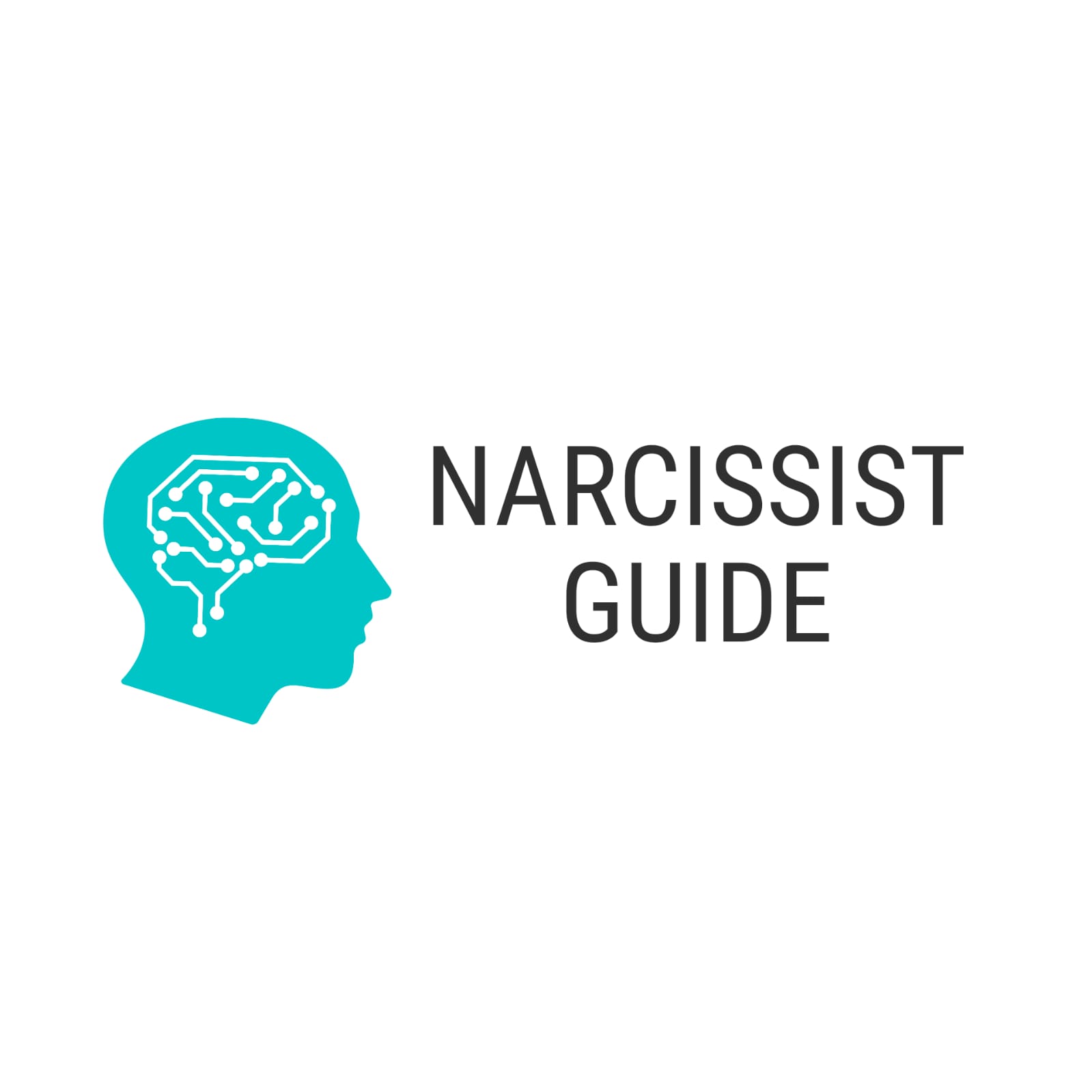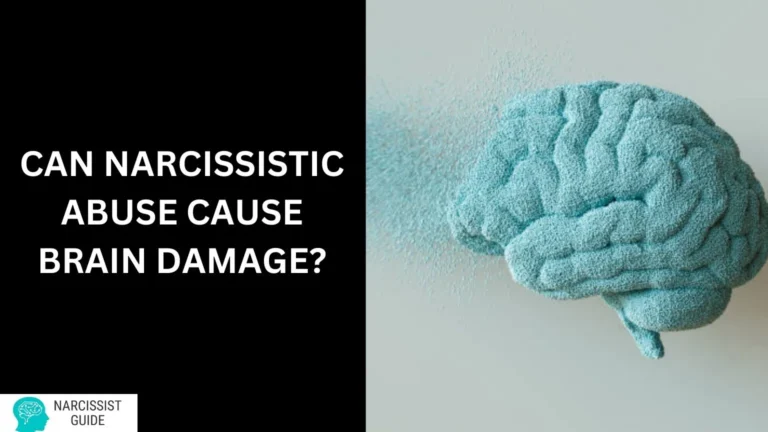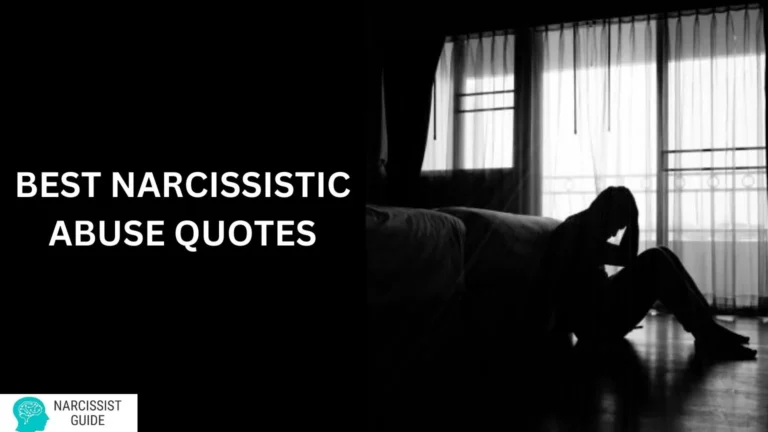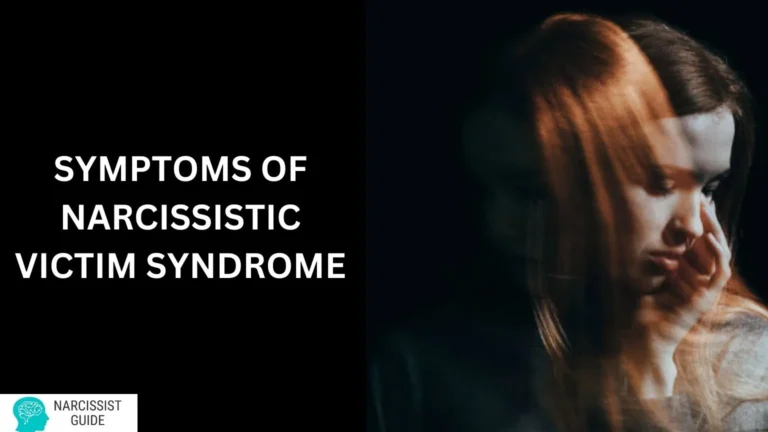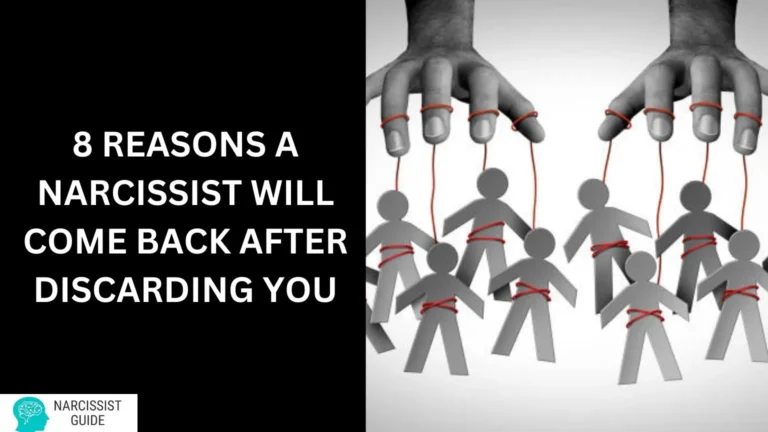10 Signs You Are Healing from Narcissistic Abuse
Healing from narcissistic abuse can be a complex and challenging journey. If you’ve experienced this type of emotional trauma, recognizing the signs that you are healing can be incredibly empowering.
Signs You Are Healing from Narcissistic Abuse, In this article, we’ll explore key indicators that show you are on the path to recovery and reclaiming your life.

What Is Narcissistic Abuse?
Narcissistic abuse is a form of emotional and psychological manipulation inflicted by individuals who exhibit narcissistic traits.
These traits often include an inflated sense of self-importance, a lack of empathy, and a strong need for admiration.
Narcissists can be charming and charismatic, making it easy for others to become drawn to them. However, behind this façade lies a pattern of behavior that can be extremely damaging.
The Impact of Narcissistic Abuse
Victims of narcissistic abuse often experience feelings of confusion, low self-esteem, and even trauma. Recognizing the signs of healing is essential for moving forward and reclaiming your identity.
Signs You Are Healing from Narcissistic Abuse
Healing from narcissistic abuse is a gradual process, and recognizing the signs of your progress can be incredibly empowering. Below are some key indicators that suggest you are on the path to recovery:
1. Increased Self-Awareness
As you heal, you may notice a significant boost in your self-awareness. This means you can identify your feelings, understand your needs, and recognize when your boundaries are being crossed.
Increased self-awareness is crucial because it enables you to make more informed decisions about your relationships and life choices, steering you away from patterns that led to past abuse.
2. Setting Boundaries
One of the most vital signs of healing is your ability to set and enforce personal boundaries. If you find yourself saying “no” without feeling guilty or distancing yourself from toxic individuals, this is a significant step forward.
Healthy boundaries protect your emotional well-being and help you create a safe space for yourself. You might even start to communicate your needs more clearly and assertively, which can further strengthen your sense of self.
3. Emotional Regulation
Improved emotional regulation is another positive indicator of healing. You may notice that you can manage your emotions better, respond to stressors without overwhelming anxiety, and recover from setbacks more swiftly.
This newfound ability to regulate your emotions reflects growing resilience and suggests that you’re learning healthier coping mechanisms.
4. Reclaiming Your Identity
Victims of narcissistic abuse often struggle with their identity, as they may have been conditioned to prioritize the abuser’s needs over their own.
A clear sign of healing is the process of rediscovering who you are outside of the abuse. Engaging in activities you love, pursuing new hobbies, or spending time with supportive friends can help you reconnect with your true self. This exploration often leads to a more authentic and fulfilling life.
5. Seeking Support
Healing from narcissistic abuse does not have to be a solitary journey. If you find yourself actively seeking support from friends, family, or professionals, this is a significant sign that you’re healing.
Building a support system allows you to share your experiences, gain perspective, and receive validation.
Connecting with others who have had similar experiences can also provide comfort and understanding.
6. Learning from the Experience
As you progress in your healing journey, you might begin to view the experience of narcissistic abuse as a learning opportunity rather than a solely negative event.
While it’s important to acknowledge the pain you experienced, recognizing the lessons learned can empower you.
You may gain insights about your values, what you want in future relationships, and how to set healthier boundaries, all of which contribute to personal growth.
7. Feeling Empowered
A profound sign of healing is when you start feeling empowered. This empowerment may manifest as increased confidence in your decision-making, the ability to pursue your goals without fear, and a desire to advocate for yourself.
The more you reclaim your power, the more you will find yourself making choices that reflect your true desires, rather than the expectations of others.
8. Developing Healthy Relationships
As you heal, you may find it easier to form and maintain healthy relationships. You’ll likely be more discerning about whom you allow into your life and more capable of recognizing red flags early on.
Building connections based on mutual respect and support, rather than fear or manipulation, is a strong indicator of your progress.
9. Reduced Anxiety and Fear
Healing often leads to a decrease in anxiety and fear. You may find that situations that once triggered overwhelming panic no longer affect you as intensely.
This reduction in fear allows you to engage more fully in life, pursue new opportunities, and enjoy the present moment without the constant shadow of past trauma.
10. Acceptance of the Past
Finally, one of the most powerful signs that you are healing is the ability to accept your past. This doesn’t mean you condone the abuse or forget what happened; rather, it signifies that you can acknowledge your experiences without letting them define your present or future. Acceptance can foster a sense of peace and enable you to move forward with your life.
People also ask
How do I know if I have healed from narcissistic abuse?
You can tell you’ve healed from narcissistic abuse if you notice these signs:
Self-Awareness: You understand your feelings and boundaries.
Boundaries: You confidently set and enforce personal boundaries.
Emotional Regulation: You manage your emotions and recover from stress more easily.
Identity: You reconnect with your true self and pursue activities you enjoy.
Support: You seek help from friends or professionals.
Empowerment: You make confident decisions and pursue goals without fear.
Healthy Relationships: You build connections based on mutual respect.
Reduced Anxiety: You experience less fear and anxiety.
Acceptance: You acknowledge your past without letting it define you.
What are the stages of healing from narcissistic abuse?
Here are the stages of healing from narcissistic abuse:
Shock and Denial: Initial feelings of disbelief and confusion about the abuse.
Pain and Guilt: Experiencing emotional pain, questioning self-worth, and feeling guilt over the relationship.
Anger: Acknowledging anger towards the abuser and yourself for allowing the abuse to happen.
Bargaining: Attempting to rationalize the abuse or find ways to fix the relationship.
Depression: Feeling sad and hopeless as you process the trauma and its effects on your life.
Acceptance: Coming to terms with what happened, recognizing the impact, and starting to reclaim your identity.
Rebuilding: Focusing on self-care, setting boundaries, and creating a healthier future.
How long does it take your brain to heal from narcissistic abuse?
The time it takes for the brain to heal from narcissistic abuse varies greatly among individuals.
Healing can take months to years, depending on factors like the severity of the abuse, your support system, and personal resilience.
While some may start feeling better within a few months, others might take longer to fully process and recover.
It’s important to be patient with yourself and seek professional support if needed. Healing is a personal journey, and progress may not always be linear.
Conclusion
Recognizing the signs you are healing from narcissistic abuse is crucial for your recovery journey.
Increased self-awareness, boundary setting, emotional regulation, and seeking support are all positive indicators that you are on the right track.
Remember, healing is a personal process, and it’s okay to take your time. Celebrate your progress and continue to prioritize your well-being as you move forward.

I’m Dr. James, and I’m glad you’re here. With years of experience in understanding and addressing the complexities of narcissistic behavior, I’ve dedicated my career to helping individuals navigate the challenging dynamics that come with narcissism, whether it’s in personal relationships, workplaces, or family settings.
